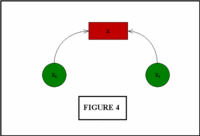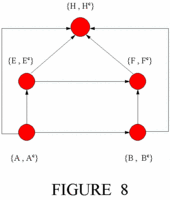 The following paper by Tom Gordon looks very interesting:
The following paper by Tom Gordon looks very interesting:Artificial Intelligence and Legal Theory at Law Schools
I wish Tom Gordon all success.
I am not an "AI person"; for example, I cannot (alas!) write even very simple code. But I have a strong interest in AI work, which I think has an enormous amount to contribute to the study (and practice) of law. One lovely thing about AI is that it is deeply "theoretical" but, like other sciences, it supposes that there must be proof in ("of"?) the pudding: AI recipes, if they are any good, must -- it is thought -- "work" in the ("some"?) "real world." What a refreshing thought. Are you listening, legal theorists?

